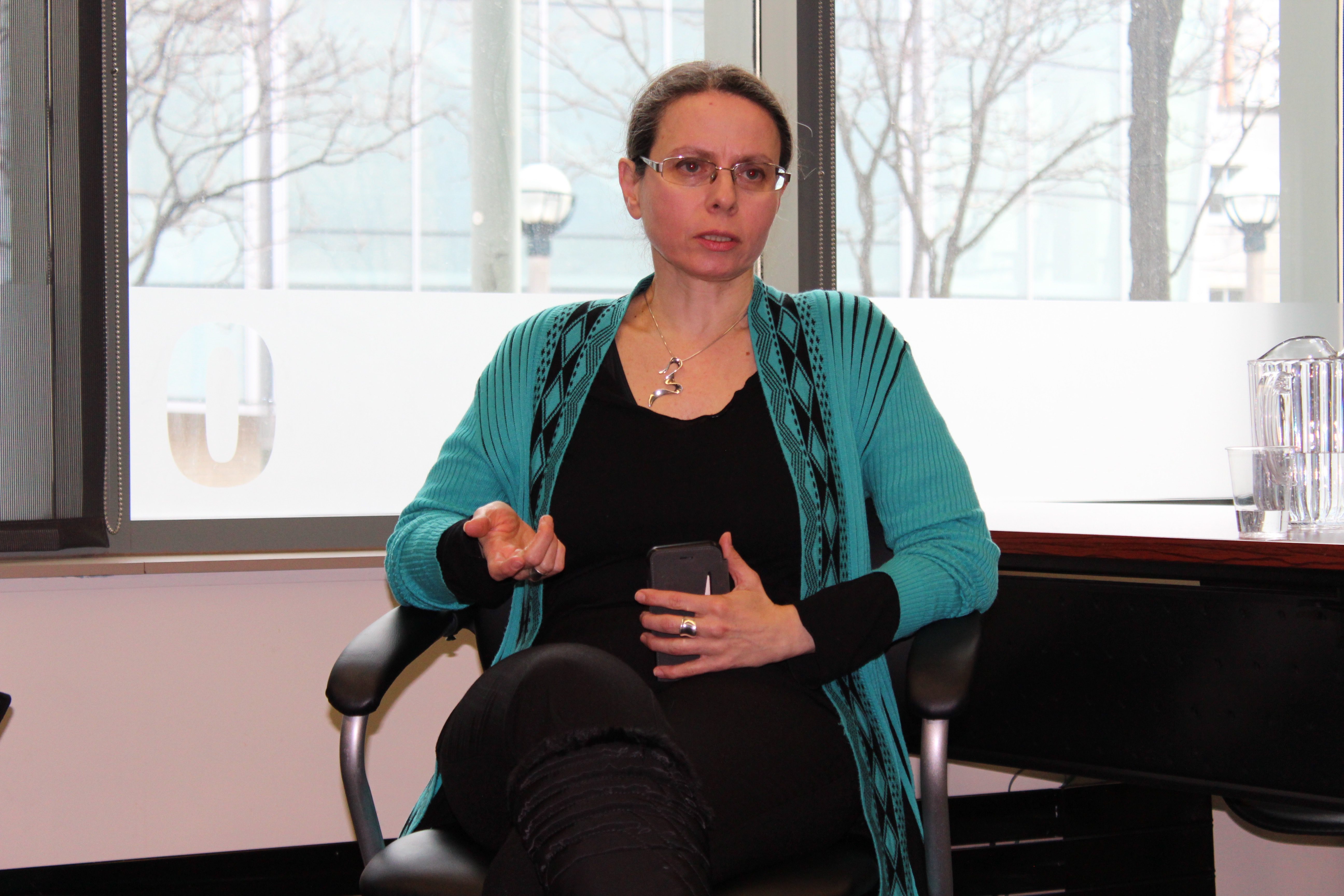By AMANDA POPE
Staff Reporter
April 25, 2018

Tone-deaf pitches and failing to do adequate research on the publication are the biggest mistakes freelance journalists make when trying to sell editors on stories, experienced freelancers and editors said during a recent workshop at Ryerson’s School of Journalism.
The half-day workshop, Getting Started: Conversations About How to Freelance, explored what it takes to succeed as a freelance journalist in today’s competitive media landscape.
Takara Small, a Toronto-based freelance tech journalist, said reporters need to be well acquainted with the publication they are pitching to so that they understand its focus and whether its tone is formal or informal. This research should be used to shape the story pitch: “The biggest mistake I made…was I would write a pitch that I thought was good and hand it out to a publisher or an organization without taking into account that editors prefer pitches in [certain] formats or like to talk about different issues in a specific way,” said Small, a former contributing editor for Fortune magazine.
Yasmine Mathurin, a Toronto-based freelance multimedia journalist, said she learned this same lesson the hard way after having a radio documentary pitch rejected. In her final year of Ryerson’s master of journalism program, Mathurin produced the documentary for her major research project. She submitted it to the CBC Radio Doc Project– a program that airs radio documentaries, essays and first person stories – but was turned down. The program coordinator subsequently told her they liked her story idea but not her pitch: “When I pitched the project, I didn’t pitch it in the language that made sense for radio. It’s not that my story wasn’t good.”
Mathurin, who is now an associate producer for CBC’s Personal Best podcast, said that during her conversation with the coordinator, she pitched another idea she had for a web series and it was warmly received. Her written pitch for this new idea was eventually accepted.
Among other things, she said, the experience taught her to always have multiple story ideas in hand.
While the tone used for pitches matters, it is also important for stories. Christina Varga, who edits custom content for the Globe and Mail, said different sections of a newspaper approach stories differently. The more formal tone used in the business section, for instance, differs from the more light-hearted approach of the Globe’s Good News section, which offers up heartwarming stories or profiles of people who are making a difference or starting a company.
“If the editor hasn’t given you a sense of the less concrete stuff that they’re looking for, feel free to ask” for examples of stories written in the preferred tone or format, Varga said.
Allison Smith, the founder of Queen’s Park Today, a subscription-based daily news service covering Ontario provincial legislature, said if a freelance journalist is interested in a story, chances are the audience will be interested in it too. When the Real Housewives of Toronto debuted last year, she said, there were no written recaps about the show so Smith pitched the idea to Toronto Life magazine because she had a personal interest in reading recaps of reality television shows. Others did too, she said, noting she found out her idea has morphed into the magazine’s most popular column after she was accidently copied in an email between the magazine’s editors.
“In Canadian journalism, there is so much that isn’t written,” Smith said. “If you’re thinking about something and you think there should be a story about it, there probably should and someone else probably isn’t going to write it. So find the opportunity and throw yourself into it.”
